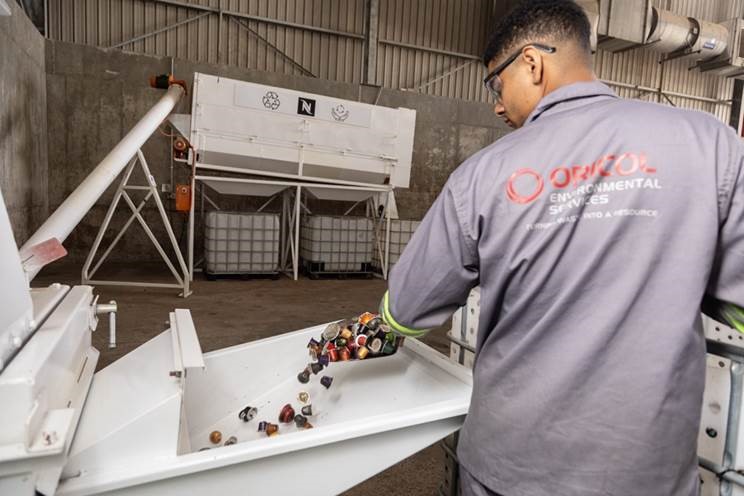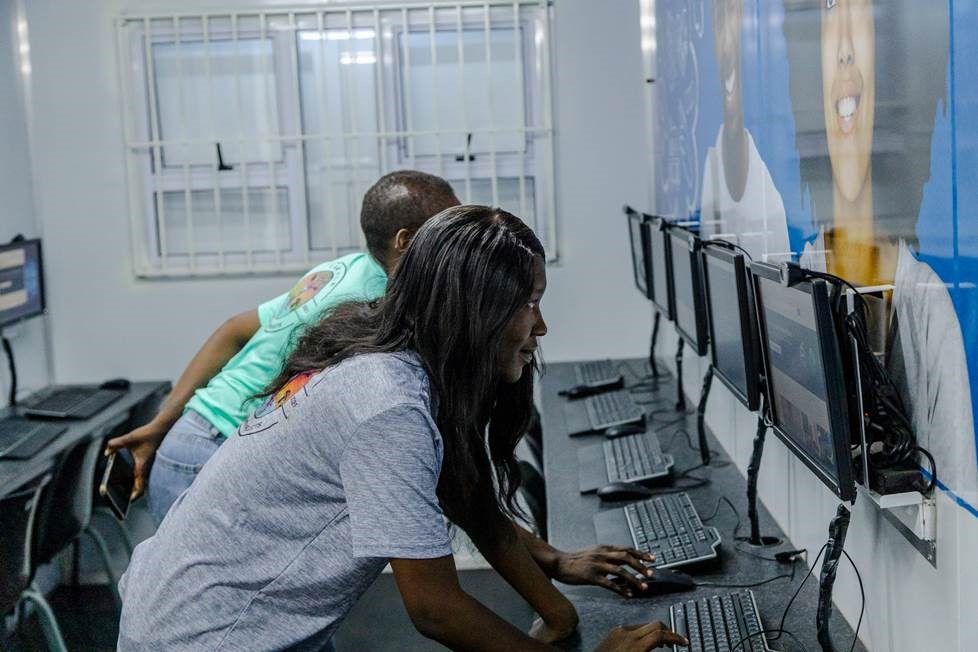Many road users have a love/hate relationship with motorbikes. Used for a myriad reasons, including personal transportation, courier services, or takeaway food deliveries, they are an important part of our traffic eco-system, and fulfil a critical economic and mobility function around the world.
All licensed vehicles in South Africa have the right to free and fair use of public roads. Buses, minibus taxis, cars, motorbikes, bicycles – all road users are provided for in the National Road Traffic Act, and regulations are in place to ensure everyone’s safety. But, because we live in a society where many road users don’t adhere to the rules of the road, a simple work or school commute can be hazardous.
In South Africa, children as young as 16 can get a learner’s licence for a motorcycle with an engine capacity up to 125 cc. Because of the convenience and sense of independence they offer, motorbikes, scooters, and mopeds are a popular mode of transport for many teenagers, in both urban and rural areas. As with cars, you don’t need a licence to buy a motorcycle, but you do need a licence to ride it on public roads.
Unfortunately, motorcycles offer far less physical protection for riders than cars offer drivers and their passengers. Without seatbelts and air bags, bike riders are at significant risk of sustaining serious injuries in an accident. The impact of a car hitting a bike can be severe, and often fatal, as the vast majority of the force is absorbed by the bike and the rider.
Drivers should always check mirrors and blind spots, especially before changing lanes or turning. Drivers should also always use indicators when changing lanes or merging with traffic. And because bikes accelerate, turn, and stop more quickly than other vehicles, drivers should increase following distance to four seconds, so the bike has enough space to manoeuvre or stop in an emergency.
In all major South African cities, where highways often become parking lots, and main arterioles frequently become gridlocked, it is common to see motorbikes whizzing between slow or stationary cars. Frustrated drivers need to understand that intentionally blocking or hindering a bike in a way that could cause harm to the rider, or opening a car door to obstruct a bike is illegal. This ‘lane splitting’ by a rider on a dotted or broken line is actually legal – provided it is done in a safe and sensible manner, at a reasonable speed, and the rules of the National Road Traffic Act are adhered to. Lane splitting by a rider on a solid line, however, is dangerous and illegal. As is riding in the SD lane (suicide lane), next to the fast lane by the concrete barrier, as the rider has to cross the barrier line to access this lane.
“According to reported crash data collected from the Motorcycle Safety Institute of South Africa, 166 lives were lost to motorcycle accidents on our roads last year,” says Derek Kirkby, Training Director at Driving Skills for Life (DSFL) South Africa.
The vast majority involved a bike and another vehicle (464), followed by those involving a bike only (163), and lastly those involving a bike and a pedestrian (14). Kirkby stresses that these figures do not represent the total number of motorcycle accidents, as insufficient or inaccurate crash data was excluded.
While there are several major factors contributing to the problem – traffic congestion, lack of safety education, and less than ideal road conditions – most accidents are simply a result of reckless driving and failure of road users to comply with traffic laws.
Innovative auto and mobility companies like Ford boast a rapidly growing number of car-safety technologies to help make the roads safer for everyone. Currently these include: integrated adaptive cruise control, lane departure, blind spot warning, anti-lock braking system, electronic stability programme, different drive modes (e.g. rain, gravel/off road, and tar), reverse cameras and park assist, adaptive headlights, daytime running lights, heads up display, and more.
In development at Ford is a spot lighting technology that uses an infrared camera to help detect cyclists, pedestrians, and animals. This Camera-Based Advanced Front Lighting can help the driver when travelling in an unfamiliar area at night. At roundabouts it can make it easier to see exits, and spot whether unexpected hazards, like cyclists or pedestrians, are crossing the road.
For driving at night, some Ford models already offer Glare-Free High Beam technology with adaptive LED headlamps. The system detects cars and motorbikes with visible headlamps and taillights ahead, and fades out parts of the light that could dazzle them, while helping the driver by maintaining maximum illumination in other areas.
Various Ford models also offer a Lane Keeping System, which uses a camera mounted behind the windshield’s rear view mirror to monitor road lane markings and detect unintentional drifting toward the outside of a lane. If the camera detects an impending drift, the driver is warned in the instrument cluster display and vibration of the steering wheel.
Other models have Cross Traffic Alert (CTA) technology, which works in combination with Ford’s other parking assist technology, such as rear-view cameras or 360-degree cameras. CTA uses two radar sensors to monitor the area behind and on either side of the car while the transmission is in reverse. These systems use the audio system and the instrument cluster display to warn the driver if pedestrians, cars, or motorbikes are detected.
“While all these new technologies can help both cars and bikes stay safer on the road,” says Kirby, “the onus is on every road user to stay alert and practice defensive driving, as no technology can replace a focused mind.”
DSFL is a driving skills programme for newly-licensed drivers, as well as a means of improving the defensive driving ability of experienced drivers. It is funded by the not-for-profit Ford Motor Company Fund as an effective method of improving driving skills globally, and so contributing to road safety.
Provided by Ford SA






































